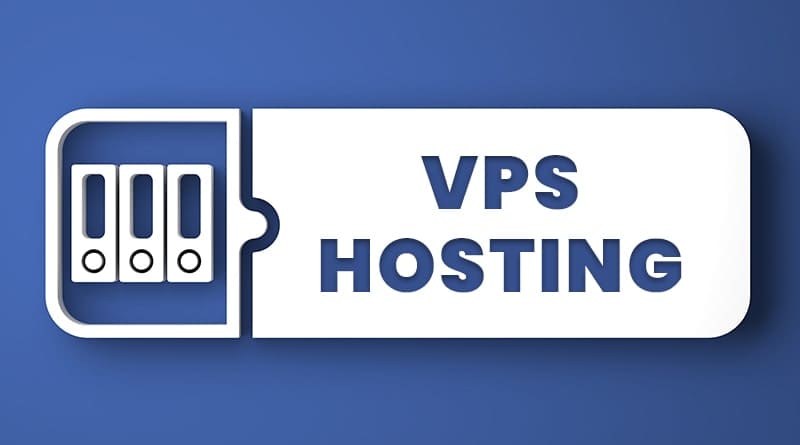How to Set Up and Manage a VPS Hosting Environment
VPS (Virtual Private Server) hosting is a hosting option that allows you to host your website on a virtual private server, which is a portion of a physical server that’s been divided into multiple virtual servers. VPS hosting offers more resources and performance than shared hosting, and gives you more control over your hosting environment than cloud hosting.
In this article, we’ll walk you through the steps of setting up and managing a VPS hosting environment for your website.
Step 1: Choose a VPS Hosting Provider
The first step in setting up a VPS hosting environment is to choose a hosting provider. There are many hosting providers to choose from, so it’s important to carefully evaluate your needs and resources before making a decision. Some things to consider when choosing a hosting provider include:
- Resources: How much CPU, RAM, and storage do you need for your website? Make sure the hosting provider you choose offers the resources you need.
- Control: Do you need root access to your virtual server, or are you comfortable with a managed hosting environment? Choose a hosting provider that offers the level of control you need.
- Price: How much are you willing to pay for VPS hosting? Consider the pricing of different hosting providers and choose one that fits your budget.
Step 2: Choose a Operating System
Once you’ve chosen a hosting provider, you’ll need to choose an operating system for your virtual server. The most common operating systems for VPS hosting are Linux and Windows. Each has its own pros and cons, so it’s important to carefully consider which one is right for your website.
- Linux: Linux is an open-source operating system that’s known for its stability and security. It’s a good choice for websites that don’t require a specific software or platform, and it’s often the more affordable option.
- Windows: Windows is a proprietary operating system that’s known for its compatibility with a range of software and platforms. It’s a good choice for websites that require specific software or platforms, but it can be more expensive than Linux.
Step 3: Install and Configure Software
Once you’ve chosen an operating system, you’ll need to install and configure the software you need for your website. This can include web servers, databases, and programming languages, such as Apache, MySQL, and PHP. The specific software you need will depend on the requirements of your website and the capabilities of your hosting provider.
Step 4: Manage and Maintain Your VPS Hosting Environment
Once you’ve set up your VPS hosting environment, you’ll need to manage and maintain it to ensure the performance and security of your website. This can include tasks such as:
- Updating software: Make sure to keep all software up to date to ensure the security and performance of your website.
- Backing up data: Regularly back up your data to ensure you have a copy in case of an emergency.
- Monitoring performance: Monitor the performance of your website to identify and resolve any issues.
- Ensuring security: Implement security measures, such as firewalls and security protocols, to protect your website from threats.
Conclusion
VPS hosting can be a good option for websites that need more resources and control than shared hosting can provide. By choosing a hosting provider, selecting an operating system, installing and configuring software, and managing and maintaining your VPS hosting environment, you can ensure the performance and security of your website.

